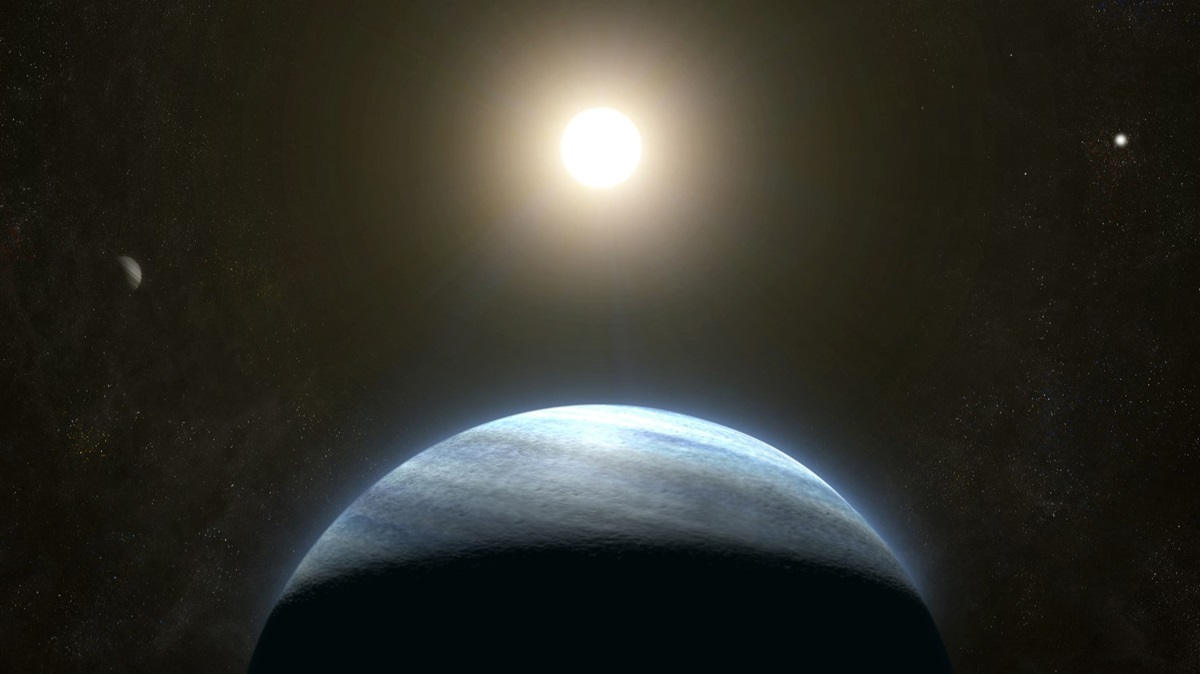A Neptune-sized planet located in a binary star system has been discovered by a team of astronomers, with the help of citizen scientists. TOI 4633 c, also known as Percival, orbits around a pair of stars approximately 309 light-years away from Earth. The planet was initially detected by citizen scientists who were going through data collected by NASA’s Transiting Exoplanet Survey Satellite (TESS) and observed as it passed in front of one of its host stars, causing a temporary dimming of the star’s light.
The discovery of this unusual system is unique as the planet takes 272 days to complete an orbit around the central star, much longer than typical planets found using the transit method. Furthermore, it is a record-breaking find as its star is the brightest known to host a transiting planet in the “habitable” zone. Additionally, it is believed that a second planet orbits the star every 34 days.
The details of this multi-star system have been documented in a paper published in the Astrophysical Journal. Lead author Nora Eisner, a research fellow at Flatiron Institute’s Center for Computational Astrophysics in New York City, emphasizes the importance of discovering planets in multi-star systems to comprehend variations in planet formation.
The discovery of TOI 4633 c was made possible with the help of over 43,000 volunteers from 90 countries involved in TESS’s Planet Hunters project. Danish citizen scientist Simon Bentzen expressed his excitement at being part of the team that identified this new system. The assistance of citizen scientists highlights the collaborative effort behind such discoveries and their crucial role in flagging potential new planets and contributing to follow-up studies.
Researchers continue to study TOI 4633 c and its system, opening up new avenues for exploration and understanding planet formation, including the possibility of finding a moon with a solid surface that could harbor water.
In conclusion, TOI 4633 c’s discovery highlights how collaboration between astronomers and citizen scientists can lead to groundbreaking discoveries. As we continue to explore our universe’s vastness, it is essential that we work together to uncover its secrets and understand how planets form and evolve over time.
